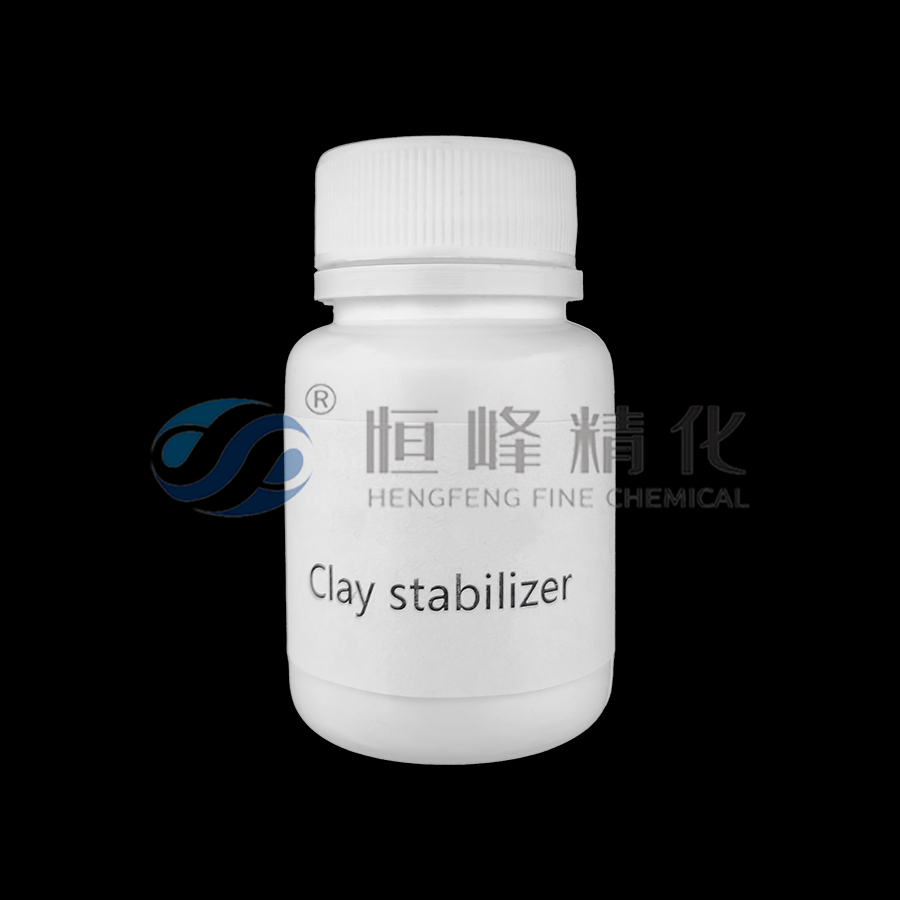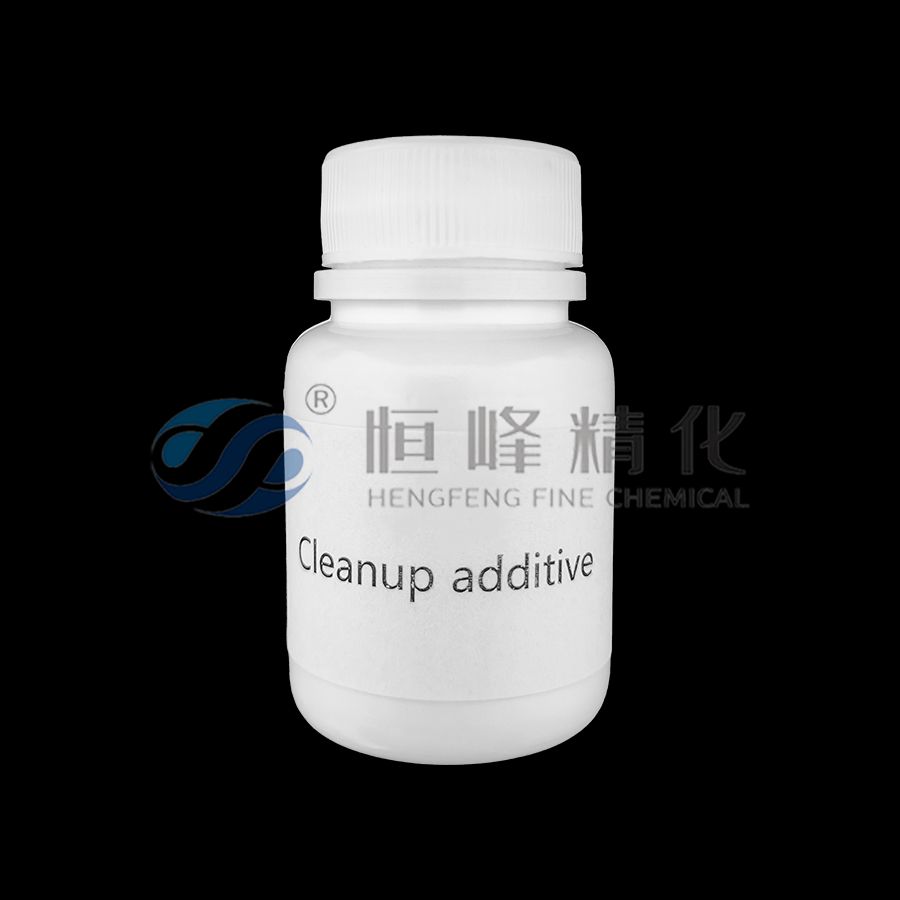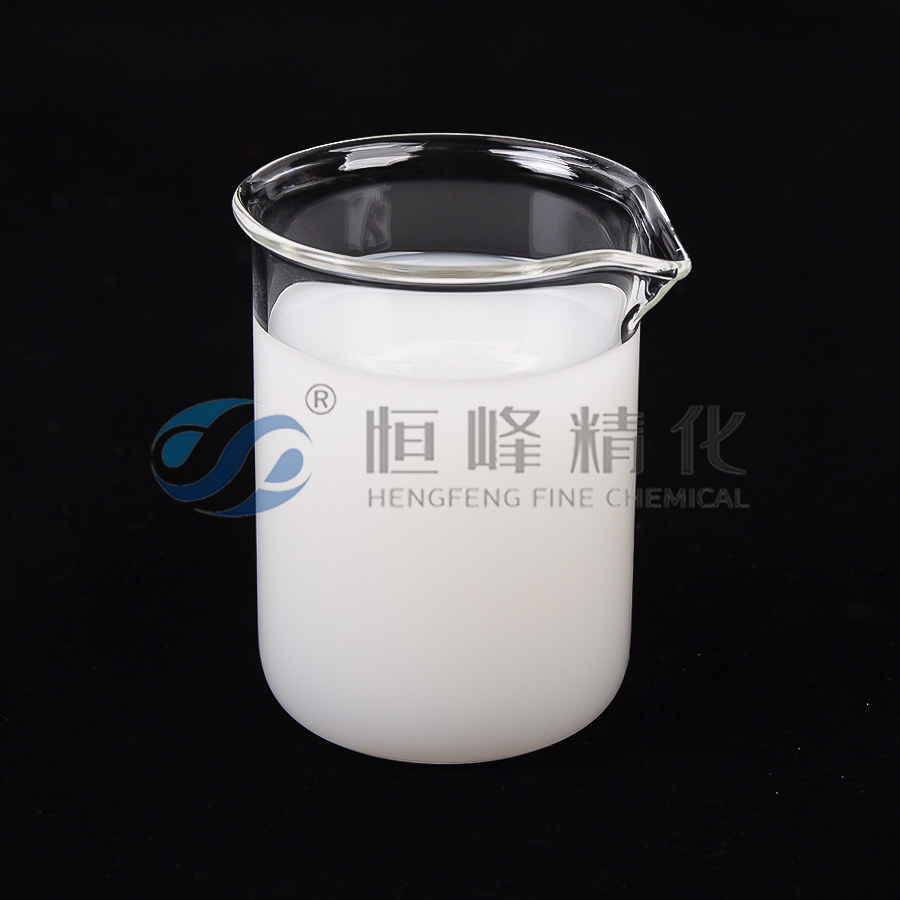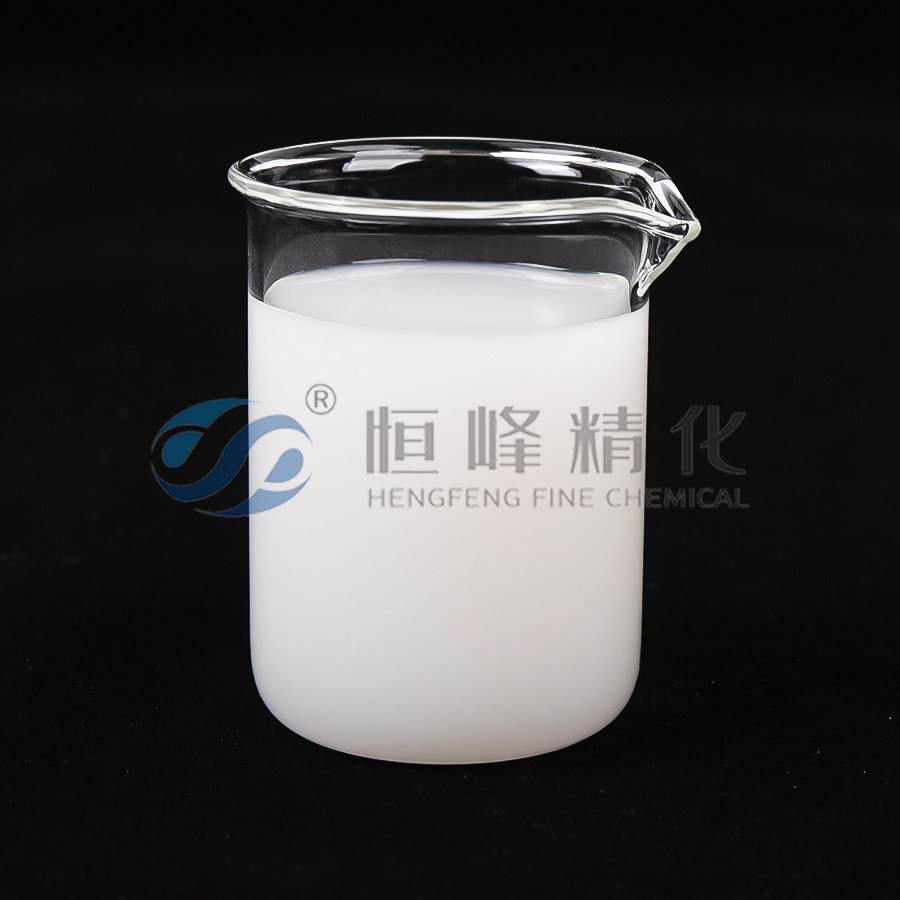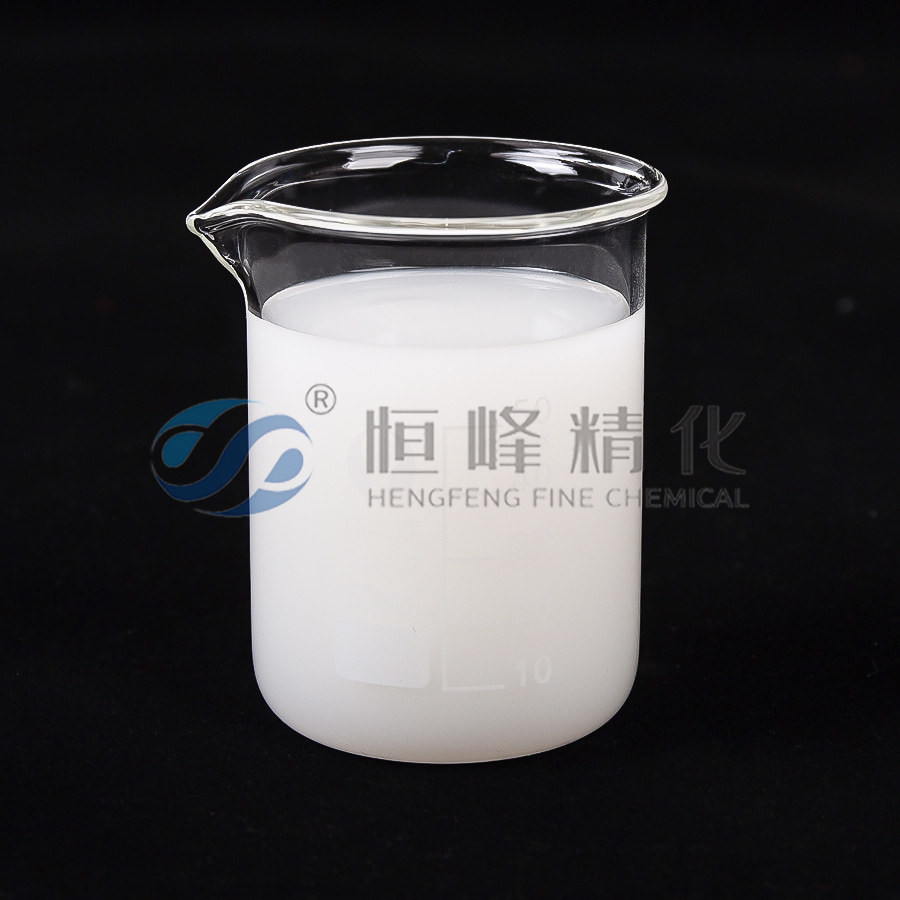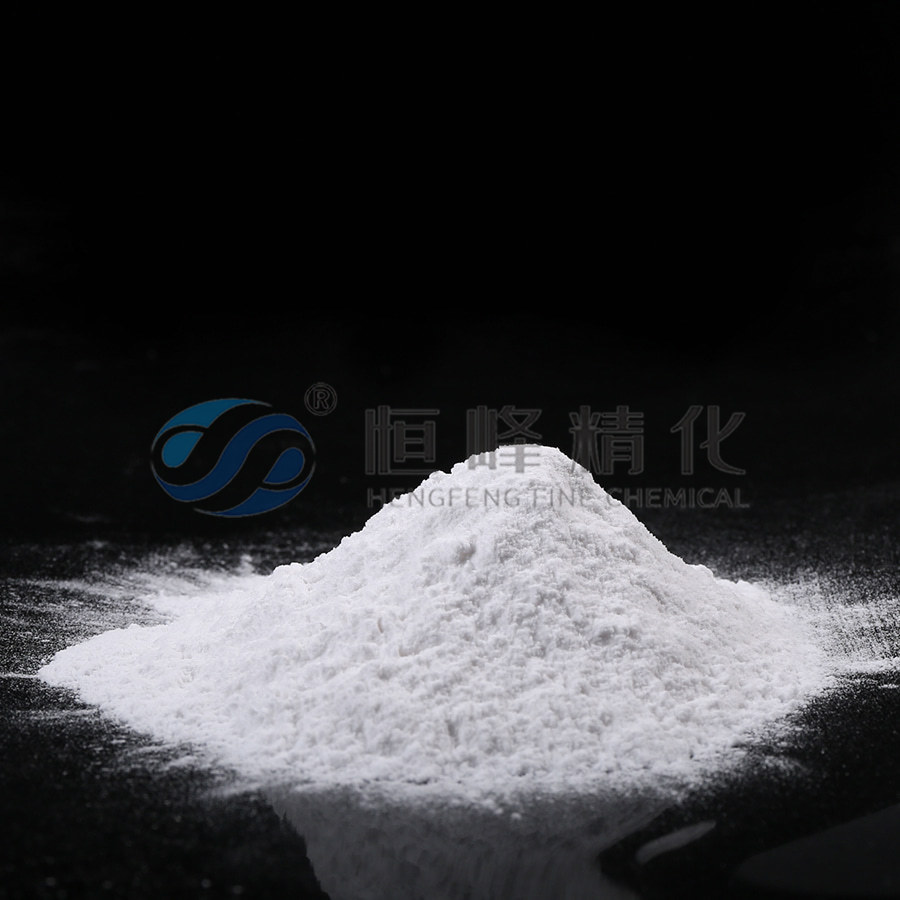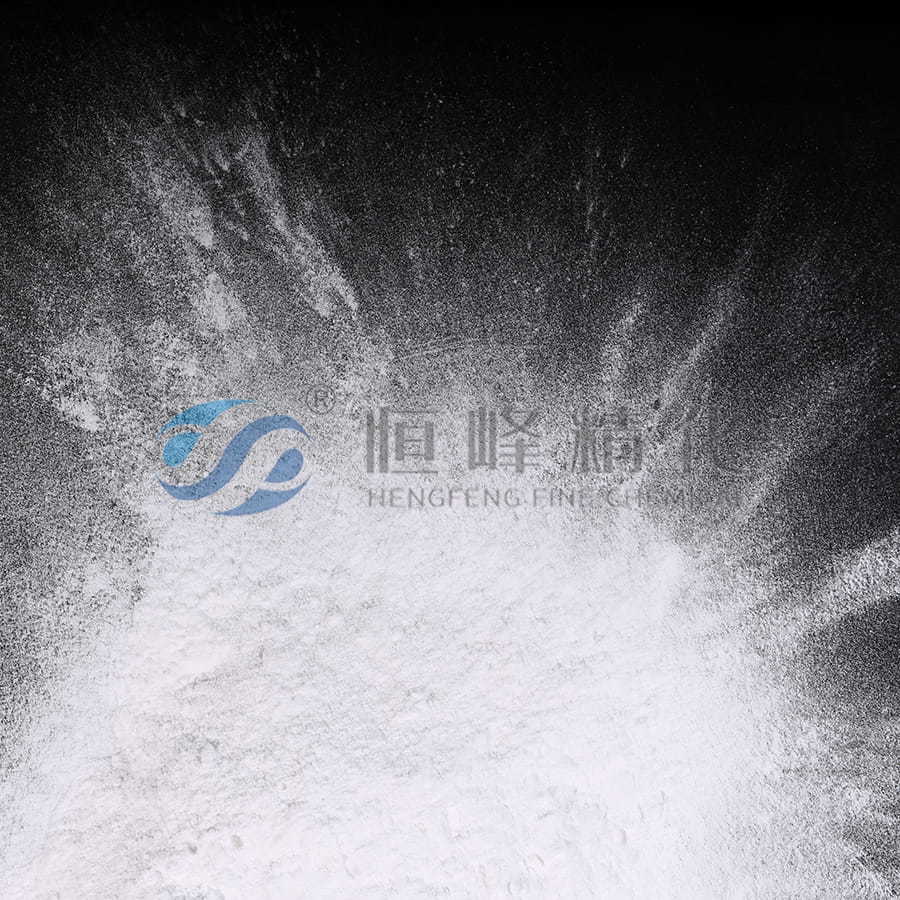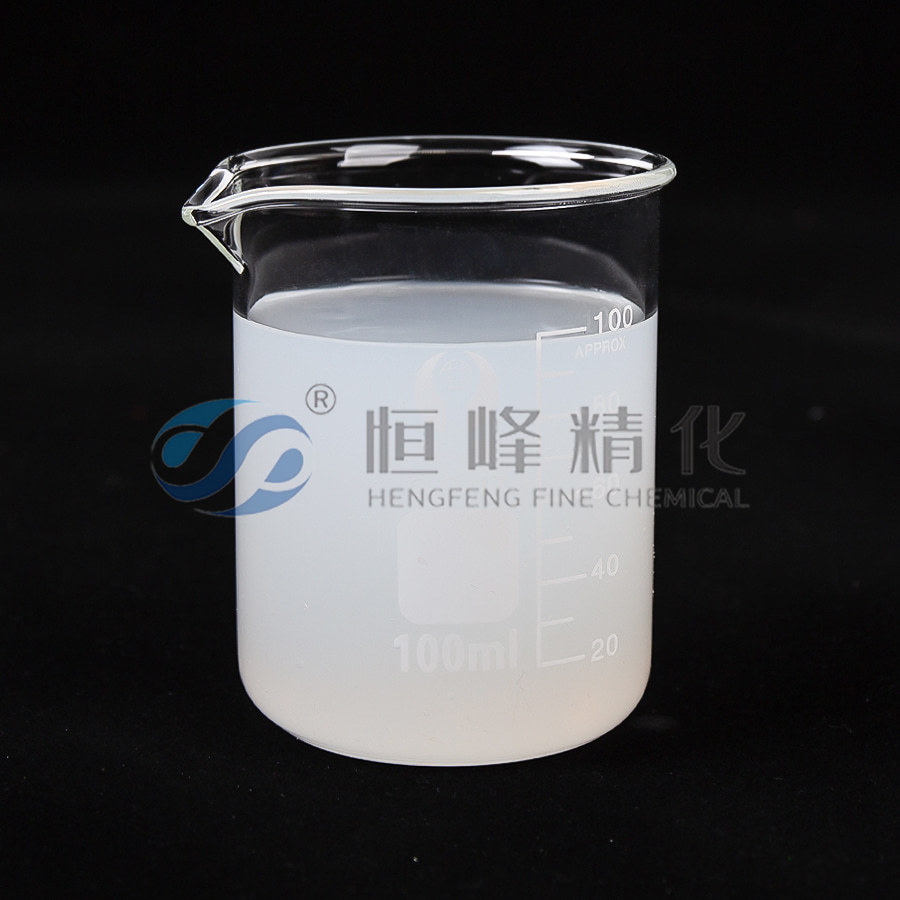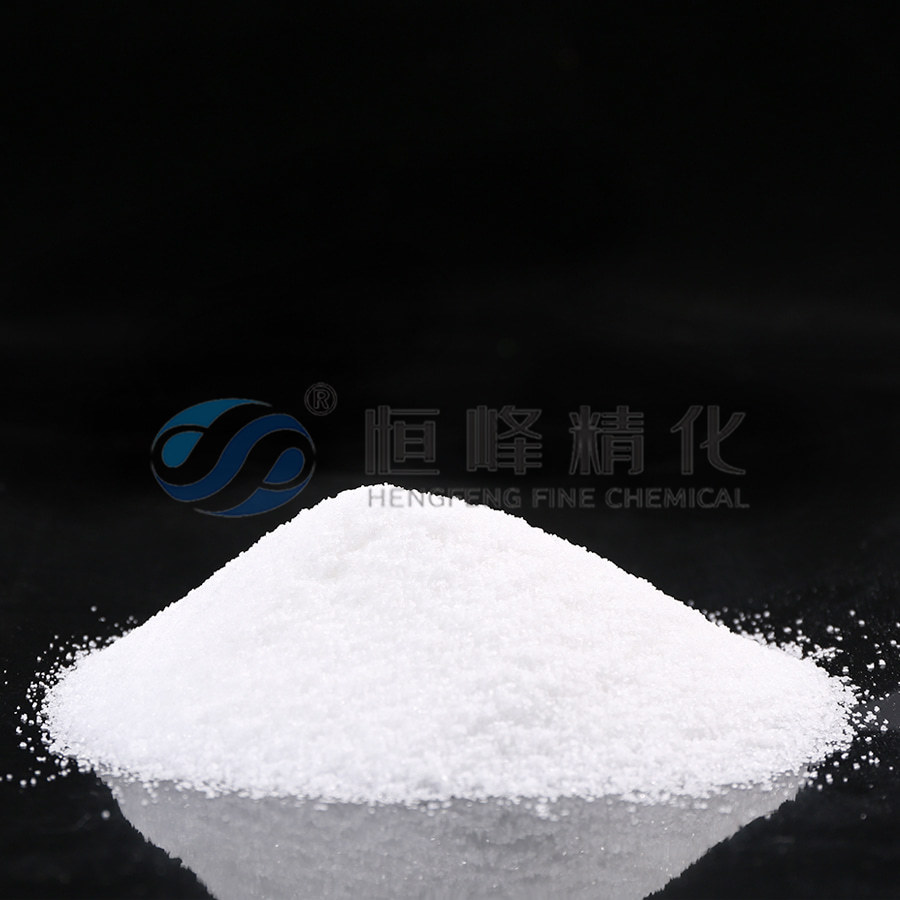The Ultimate Guide to Polyacrylamide Flocculants in Power Plant Water Treatment
1.Introduction to Polyacrylamide Flocculants
Water treatment plays a critical role in maintaining the efficiency and environmental sustainability of power plants. Effective water management, including the treatment of cooling, boiler, wastewater, and process water, is essential for ensuring smooth operations while also adhering to environmental standards. One of the most effective chemical agents used in this process is Polyacrylamide (PAM), a flocculant widely utilized in various industrial applications, including power plant water treatment.
1.1 What are Flocculants?
Flocculants are chemical substances that promote the aggregation of small particles suspended in water, forming larger clusters or "flocs." These flocs can then be easily removed through sedimentation, filtration, or other processes, improving the clarity and quality of the water. Flocculants are typically used in water treatment processes like wastewater treatment, drinking water purification, and in industrial processes like power generation.
1.2 What is Polyacrylamide (PAM)?
Polyacrylamide (PAM) is a synthetic polymer that is commonly used as a flocculant due to its ability to facilitate the aggregation of suspended particles. It is made through the polymerization of acrylamide monomers, resulting in a long-chain molecule with various functional groups that can be tailored to meet specific needs. Polyacrylamide can be formulated in different types based on its ionic charge: anionic, cationic, and non-ionic. Each type has unique properties and is suited to different applications in water treatment.
1.3 Importance of Water Treatment in Power Plants
In power plants, water is crucial for several processes, including cooling, steam generation, and wastewater management. However, the water used in these systems often contains various impurities, such as suspended solids, algae, and organic matter, which can affect system performance and longevity. Poor water quality can lead to corrosion, scaling, fouling, and other issues that reduce the efficiency of power generation and increase operational costs.
Power plants must adhere to stringent environmental regulations that limit the discharge of polluted water into natural water bodies. This makes effective water treatment not only a matter of operational efficiency but also a critical factor in environmental protection.
2.Why Use Polyacrylamide in Power Plant Water Treatment?
Polyacrylamide (PAM) has become a go-to solution for improving water quality in power plants due to its remarkable ability to enhance various water treatment processes. By promoting the agglomeration of particles and their subsequent removal from the water, PAM improves operational efficiency and helps power plants meet environmental standards.
2.1 Enhancing Sedimentation
Sedimentation is a crucial process in water treatment, where suspended particles settle out of the water due to gravity. However, in raw water or wastewater, fine particles can remain suspended for long periods, making the process slow and inefficient. Polyacrylamide accelerates sedimentation by binding these fine particles together, creating larger flocs that settle faster. This results in clearer water and faster processing, reducing the load on downstream filtration systems.
2.2 Improving Clarification
Clarification is the process of removing impurities and suspended solids from water to improve its clarity. In power plants, the cooling, boiler, and process waters often contain a variety of contaminants that need to be removed to prevent system damage and improve overall water quality. PAM helps clarify these waters by promoting flocculation, where suspended solids combine to form larger, easily removable particles. The use of PAM in the clarification process helps reduce the amount of chemicals needed and improves water quality in a cost-effective manner.
2.3 Facilitating Sludge Dewatering
In power plant water treatment, sludge is the solid residue that results from the removal of contaminants. Dealing with sludge can be challenging, as it requires proper management and disposal. Polyacrylamide is particularly useful for sludge dewatering. By promoting flocculation, PAM helps bind the sludge particles, making them easier to separate from the water and compress into a solid mass. This significantly reduces the volume of sludge, making disposal more manageable and cost-effective. The reduction in sludge volume also minimizes the environmental impact associated with sludge disposal.
2.4 Meeting Environmental Regulations
Power plants are required to meet strict environmental regulations to minimize their impact on local ecosystems. These regulations often set limits on the levels of suspended solids, pollutants, and other contaminants that can be discharged into water bodies. Polyacrylamide assists in meeting these standards by improving the efficiency of water treatment processes, ensuring that water is sufficiently purified before being released. By using PAM to enhance sedimentation, clarification, and sludge dewatering, power plants can achieve compliance with environmental laws, reducing the risk of fines and penalties.
3.Types of Polyacrylamide Flocculants
Polyacrylamide flocculants come in different types, each tailored to specific water treatment needs. The key differences between these types lie in their chemical structure and ionic charge, which affect their performance in various applications. The three primary types of PAM are anionic, cationic, and non-ionic.
3.1 Anionic Polyacrylamide
Anionic polyacrylamide (APAM) is one of the most commonly used form of PAM and is characterized by a negatively charged functional group. This makes it particularly effective in treating water with a high concentration of positively charged contaminants, such as suspended solids, silt, and clay particles. APAM is widely used in cooling water treatment, wastewater treatment, and sludge dewatering processes in power plants.
Anionic PAM is ideal for applications where the target particles carry a positive charge, as the negative charge of the flocculant helps to neutralize the particles and bring them together, promoting flocculation. It also works well in high pH environments, which is often the case in industrial water systems.
3.2 Cationic Polyacrylamide
Cationic polyacrylamide (CPAM) is another most commonly used form PAM and has a positively charged functional group, making it highly effective in treating water with negatively charged contaminants, such as organic matter and certain types of suspended solids. CPAM is often used in applications where organic materials need to be flocculated, including the treatment of industrial process water and wastewater with a high concentration of organic pollutants.
While CPAM is effective in the treatment of various industrial waters, it must be used with caution, as excessive use can lead to an imbalance in the water chemistry, potentially affecting downstream processes and requiring additional treatments.
3.3 Non-ionic Polyacrylamide
Non-ionic polyacrylamide (NPAM) has no charge, meaning it doesn’t interact directly with the charged particles in the water. Instead, it works by improving the aggregation of particles through physical bridging. NPAM is often used in applications where the suspended solids do not carry a specific charge, or when the water quality is more neutral.
Non-ionic PAM is commonly used for industrial applications where charge-neutral flocculation is required, such as in the treatment of drinking water or in low-salinity water conditions. It is also suitable for use in systems where the water has already been treated with other chemicals and requires additional flocculation.
3.4 Choosing the Right Type for Your Application
Selecting the appropriate type of polyacrylamide is crucial for optimizing the efficiency of water treatment processes. The choice depends on several factors, including the type of contaminants in the water, the pH level of the system, and the specific application requirements.
Anionic PAM is best suited for water with high levels of suspended solids or inorganic particles.
Cationic PAM is ideal for organic material removal, especially when dealing with industrial wastewater.
Non-ionic PAM is used when the water does not contain a high concentration of charged particles, or when additional bridging is necessary.
4.Applications of Polyacrylamide in Power Plants
Polyacrylamide flocculants are used in various water treatment applications within power plants. From cooling water to wastewater management, PAM plays a vital role in maintaining system efficiency and reducing environmental impact. Wastewater treatment is the primary application of polyacrylamide in power plant operations.
Wastewater treatment is a critical aspect of power plant operations, particularly in ensuring that water is safe to discharge into the environment. Wastewater from cooling towers, boilers, and other processes can contain harmful chemicals, heavy metals, and suspended solids that must be removed before release.
Polyacrylamide flocculants are highly effective in wastewater treatment by promoting the aggregation of fine particles into larger flocs that can be removed through sedimentation or filtration. This not only ensures compliance with environmental regulations but also reduces the amount of sludge that needs to be disposed of, lowering disposal costs and minimizing environmental impact.
5.How Polyacrylamide Flocculants Work
Polyacrylamide flocculants work by facilitating the aggregation of suspended particles in water, turning them into larger flocs that can be easily removed. The process of flocculation is essential for improving water clarity, reducing contaminants, and enhancing the overall efficiency of water treatment systems. Understanding how polyacrylamide flocculants work helps in optimizing their usage in power plant water treatment applications.
5.1 Coagulation vs. Flocculation
While often used interchangeably, coagulation and flocculation are distinct processes in water treatment.
Coagulation is the first step, where a coagulant (such as PAC) is added to the water to neutralize the charges of suspended particles, causing them to destabilize and form small clumps.
Flocculation follows coagulation, where these destabilized particles are further agglomerated into larger, heavier flocs. These flocs are then easily removed by sedimentation, filtration, or other separation techniques.
Polyacrylamide is a flocculant, meaning it aids primarily in the flocculation phase, helping small particles aggregate into larger clusters. This makes polyacrylamide ideal for improving the effectiveness of both coagulation and flocculation processes.
5.2 Mechanism of Action
The mechanism of action for polyacrylamide flocculants relies on its long-chain polymer structure, which can bridge between particles and link them together. When polyacrylamide is added to the water, the polymer molecules absorb water and extend their chains, creating a network that traps suspended particles. These particles, whether organic or inorganic, become bound within the network and form larger aggregates or flocs. The flocs are heavy enough to settle out of the water or be removed through filtration.
The specific type of polyacrylamide used (anionic, cationic, or non-ionic) determines the nature of the interactions between the polymer and the particles in the water. The flocculation process is optimized by choosing the appropriate PAM type based on the charge and characteristics of the contaminants.
5.3 Dosage and Optimization
The dosage of polyacrylamide is critical to achieving optimal flocculation. Too little PAM may not effectively flocculate all suspended particles, while too much can lead to excessive floc formation, creating sludge that is difficult to handle. The ideal dosage depends on factors such as the type of contaminants, the water quality, and the desired outcome.
To optimize the use of polyacrylamide:
● Test water quality regularly to determine the appropriate flocculant dosage.
● Adjust PAM concentration according to the specific needs of the water treatment process (e.g., higher doses for water with more fine particles).
● Monitor the flocculation process by observing the settling time and floc size to fine-tune the dosage.
6.Benefits of Using Polyacrylamide
Polyacrylamide flocculants offer numerous advantages in power plant water treatment, helping to improve water quality, reduce sludge volume, and achieve cost savings, all while complying with environmental regulations. Below are some of the key benefits of using polyacrylamide in industrial water treatment processes.
6.1 Improved Water Quality
One of the most significant benefits of using polyacrylamide is its ability to improve water quality. By efficiently aggregating suspended particles into larger, easier-to-remove flocs, PAM enhances sedimentation, clarification, and filtration processes. This leads to cleaner, clearer water with fewer contaminants. Improved water quality is essential for maintaining the efficiency of plant systems, reducing corrosion and scaling, and ensuring compliance with environmental standards.
In power plants, maintaining high-quality water is crucial for the optimal operation of cooling systems, boilers, and turbines. Polyacrylamide helps to ensure that the water used in these systems is free from particles that could otherwise damage or impair equipment performance.
6.2 Reduced Sludge Volume
Sludge is the byproduct of water treatment processes, consisting of the solids removed from the water. Managing sludge is a major concern in power plant operations, as large volumes of sludge can increase disposal costs and create environmental challenges. Polyacrylamide helps reduce the volume of sludge generated by water treatment processes by promoting the formation of larger, denser flocs that settle more efficiently. This results in a more concentrated sludge, which is easier to manage and dispose of.
By reducing sludge volume, polyacrylamide helps minimize the environmental impact of sludge disposal and reduces the frequency and cost of waste handling. This benefit also extends to reducing the need for additional chemicals, contributing to lower operational costs.
6.3 Cost-Effectiveness
Polyacrylamide is a cost-effective solution for water treatment in power plants. Its ability to enhance the flocculation process allows the use of lower concentrations compared to other flocculants, reducing the amount of chemical needed for effective water treatment. In addition, by improving water quality and reducing sludge volumes, PAM helps reduce the need for additional treatment chemicals and waste disposal costs.
Moreover, the increased efficiency of water systems treated with polyacrylamide can lead to longer equipment lifespans, reducing the need for repairs or replacements. Overall, the cost savings from using PAM can make a significant impact on the bottom line of power plant operations.
6.4 Environmental Benefits
Polyacrylamide offers significant environmental benefits. By improving the efficiency of water treatment processes, PAM helps power plants reduce their environmental footprint. Cleaner water is discharged into the environment, which minimizes the risk of contamination and helps comply with strict environmental regulations. Additionally, the reduction in sludge volume means less waste is generated and fewer harmful chemicals are used, contributing to a more sustainable operation.
Polyacrylamide is also a more environmentally friendly option compared to other chemicals used in water treatment. For example, it is less toxic and more biodegradable, reducing its impact on ecosystems when properly managed.
7.Best Practices for Polyacrylamide Use
To achieve the best results from polyacrylamide flocculants in power plant water treatment, it’s essential to follow proper handling, dosage, and operational guidelines. Implementing best practices ensures that polyacrylamide works efficiently, maximizing its benefits while minimizing any potential risks. Below are some key best practices for using polyacrylamide in water treatment applications.
7.1 Proper Storage and Handling
Polyacrylamide flocculants should be stored in a dry, cool, and well-ventilated area to maintain their efficacy. Exposure to high humidity, extreme temperatures, or direct sunlight can degrade the polymer, reducing its effectiveness. It’s important to keep PAM in its original packaging until it is ready for use, and ensure that the container is tightly sealed to prevent contamination.
When handling polyacrylamide, protective equipment such as gloves, goggles, and dust masks should be worn, especially if the product is in powdered form. Safety precautions should also be taken to avoid direct contact with skin and eyes.
7.2 Dosage Control
The correct dosage of polyacrylamide is essential for optimal performance. Overdosing can lead to excessive floc formation and an increase in sludge volume, while underdosing may result in incomplete particle aggregation, reducing the efficiency of the treatment process.
To ensure accurate dosing, it is recommended to use automatic dosing systems that can precisely regulate the amount of PAM added to the water based on real-time water quality data. Regular monitoring and testing should also be performed to adjust dosage levels based on changes in the water composition or treatment goals.
7.3 Monitoring and Adjustment
Continuous monitoring of water quality and the performance of the flocculation process is vital for ensuring that polyacrylamide is working effectively. Parameters like pH, turbidity, and suspended solids concentration should be regularly measured to assess the impact of the flocculant.
If the desired water quality is not achieved, adjustments to the dosage or type of PAM may be necessary. In some cases, combining polyacrylamide with other coagulants or chemicals can enhance the flocculation process, providing even better results.
7.4 Safety Measures
Polyacrylamide should be handled with care, particularly in large quantities. While PAM is generally safe to use, proper safety measures should always be in place to prevent exposure and ensure a safe working environment. All personnel involved in handling or applying polyacrylamide should be trained in safe handling procedures, including what to do in case of spills or accidents.
Conclusion
Polyacrylamide flocculants play a pivotal role in improving water treatment processes within power plants. From enhancing sedimentation and clarification to reducing sludge volumes and ensuring environmental compliance, PAM offers a range of benefits that help power plants operate more efficiently and sustainably. The cost-effectiveness of polyacrylamide, combined with its ability to improve water quality, makes it a key component in modern power plant operations.
Recap of Benefits
The main benefits of using polyacrylamide in power plant water treatment include:
● Improved water quality through efficient flocculation, reducing suspended solids, and preventing system damage.
● Reduced sludge volume, making sludge management and disposal more cost-effective and environmentally friendly.
● Cost savings by reducing the need for additional chemicals and optimizing treatment processes.
● Environmental benefits, ensuring compliance with stringent regulations while minimizing the impact of wastewater and sludge disposal.
● Polyacrylamide’s versatility across different water treatment applications—cooling, boiler, wastewater, and process water—demonstrates its value in maintaining efficient, cost-effective, and environmentally sustainable power plant operations.
The Future of Polyacrylamide in Power Plant Water Treatment
As power plants continue to face increasing pressures to reduce their environmental footprint and optimize operational costs, the role of polyacrylamide in water treatment is set to grow. With its ability to improve water quality, reduce waste, and comply with environmental regulations, polyacrylamide will remain a vital tool in the ongoing effort to make power generation more sustainable.
In the future, advancements in polymer technology and better understanding of water chemistry will further enhance the performance of polyacrylamide flocculants, leading to even more efficient and cost-effective solutions for power plant water treatment. With these developments, polyacrylamide will continue to play a critical role in shaping the future of power plant operations, ensuring cleaner, more sustainable energy production for years to come.
Jiangsu Hengfeng Fine Chemical is a dedicated PAM(polyacrylamide) factory in China. Our products cover cationic, anionic, nonionic PAM, which could meet the different requirements for power plant. With 3000 partners all over the world, we have plenty experience dealing with wastewater. Hengfeng are making our effort for the cause of partner profit and environmental protection. We provide service including inquiry, lab test and pilot test to our partner for free. We provide not only products but also service. We will choose the suitable polyacrylamide according to the wastewater type and on-site facility to achieve the best using effect and experience.


 English
English Español
Español عربى
عربى Русский
Русский Tiếng Việt
Tiếng Việt





